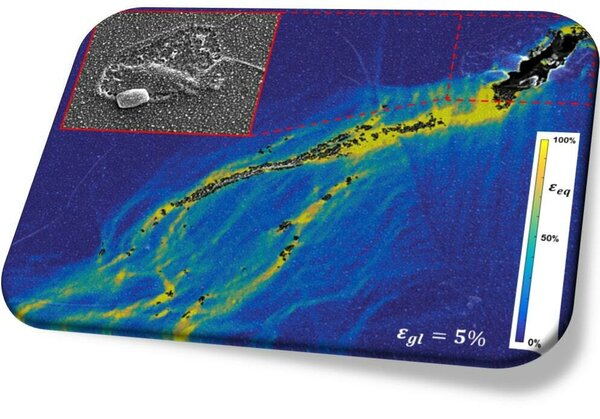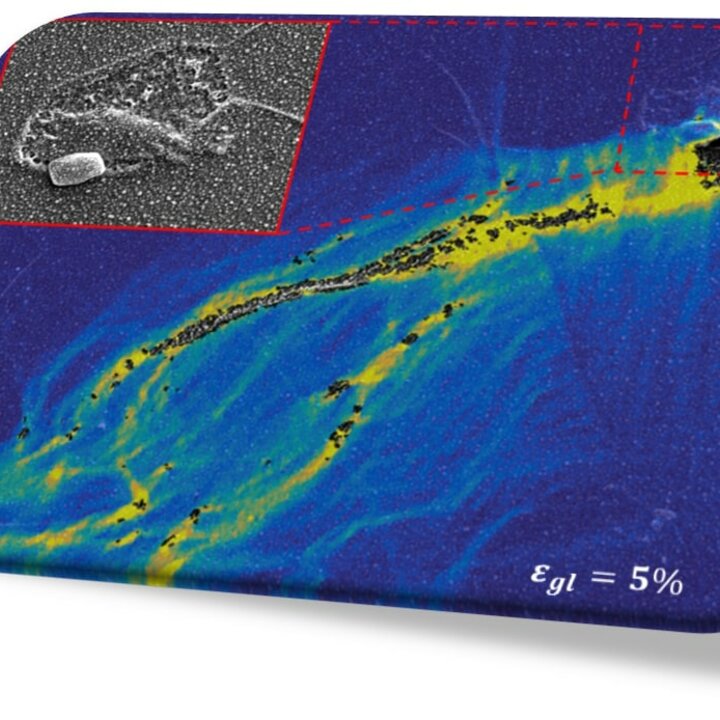
Novel materials rely on multiple phases with contrasting mechanical behavior to offer unprecedented possibilities to boost the material behavior, however, the high density of interfaces / interphases also triggers damage initiation at the microstructure level and controls how damage evolves and propagates to fracture at the macroscale. Our research focuses on in-situ (multi-axial) testing with direct microscopic visualization to unravel the damage evolution in advanced engineering materials. For instance, for dual phase steel, we revealed a new damage mechanism in martensite, i.e. sliding of its substructure boundaries, which explained a long-standing contradiction in literature, thereby pushing forward the future potential of this critical steel for the automotive industry.
Group Hoefnagels: www.tue.nl/en/research/research-groups/hoefnagels-group/
Novel materials rely on multiple phases with contrasting mechanical behavior to offer unprecedented possibilities to boost the material behavior, however, the high density of interfaces / interphases also triggers damage initiation at the microstructure level and controls how damage evolves and propagates to fracture at the macroscale. Our research focuses on in-situ (multi-axial) testing with direct microscopic visualization to unravel the damage evolution in advanced engineering materials. For instance, for dual phase steel, we revealed a new damage mechanism in martensite, i.e. sliding of its substructure boundaries, which explained a long-standing contradiction in literature, thereby pushing forward the future potential of this critical steel for the automotive industry.
Group Hoefnagels: www.tue.nl/en/research/research-groups/hoefnagels-group/
